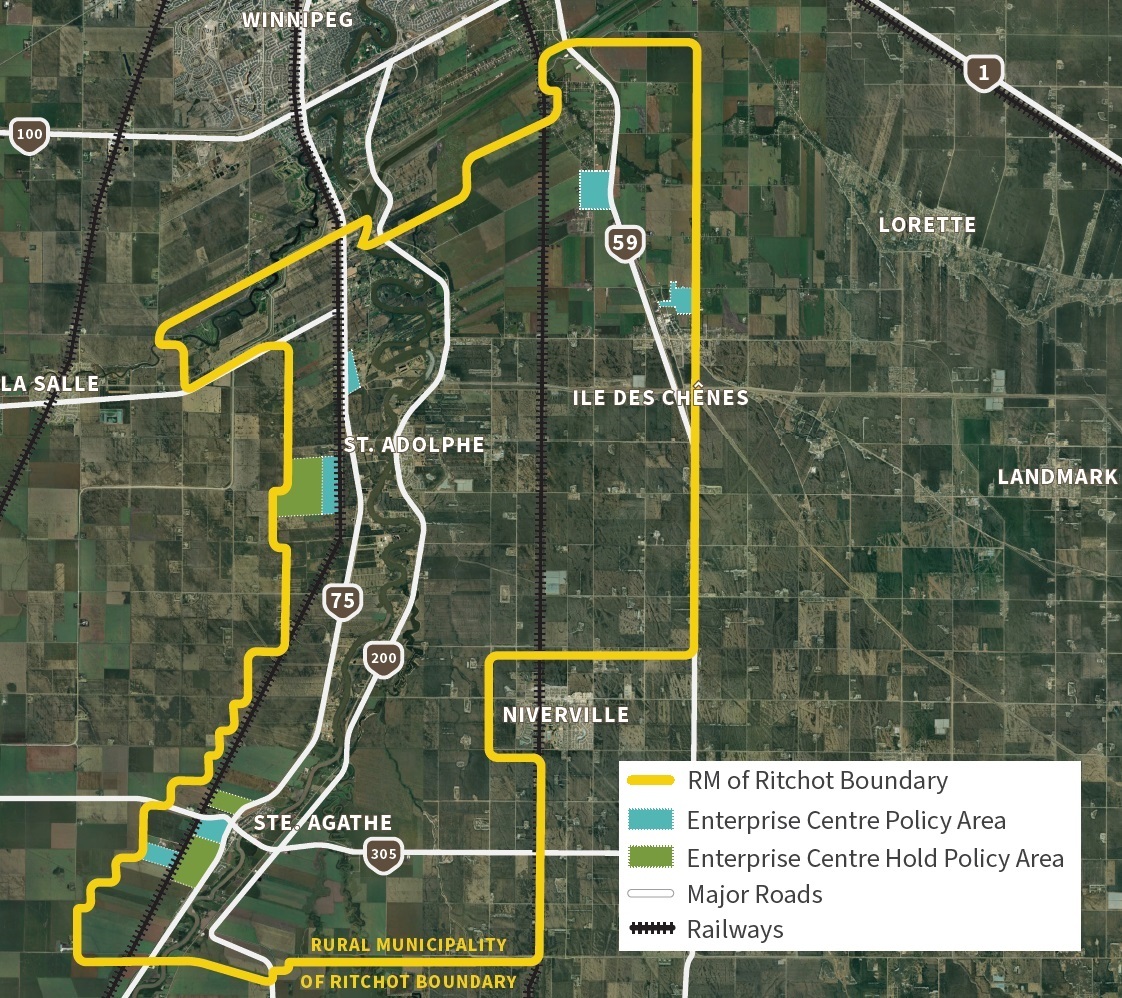
In an effort to further the municipality’s aim of adopting sounder environmental practices, Ritchot’s council is recommending an amendment to the zoning bylaw which would introduce eco-industrial zoning opportunities.
This move is in direct response to an objective in the Macdonald-Ritchot Development Plan: “to encourage and promote development initiatives that contribute to the physical, social, and economic vitality of the Planning District in a manner that is consistent with the principles and guidelines of sustainable, low carbon development, and climate change resilience.”
On June 4, council began the process of a zoning amendment by hosting an open house where residents were encouraged to provide feedback and ask questions.
While attendance was low, CAO Mitch Duval says that council still views it as an important first step in adopting the change.
“The amendment is a proactive step that the municipality is taking in order to align our actions with our vision for the municipality,” Duval says. “This anticipates future industrial growth while promoting the municipality’s policies related to climate change resilience.”
At their June 19 public meeting, three council members voted in favour of adopting the first reading to the zoning amendment. This will be followed by a public hearing later this summer to determine the final outcome for adoption or dissolution.
If adopted, consideration may begin for the development of an eco-industrial park somewhere in the RM. This space would be available for manufacturing, processing, transportation, and distribution uses which create low environmental impacts and potentially involve a circular economy philosophy.
In a circular economy, there is no waste. Businesses operating under this model retain and recover as much value as possible from the resources they buy or manufacture by reusing, repairing, refurbishing, remanufacturing, repurposing, or recycling products and materials.
The hope for such an eco-industrial park would also be the development of jobs and the willingness to host site visits. Here, training could be provided to encourage eco-industrial growth.
Council sees advantages to centralizing the eco-industrial area in the RM since it creates a shared management strategy through the use of a park manager who would be able to identify efficiencies and growth opportunities.
Conversely, there are a variety of existing industrial zoned areas where eco-industry would also be considered. These are scattered in and around the four primary communities within the municipality.
In the end, the adoption of an eco-industrial zoning bylaw amendment would have some distinct advantages for council and developers.
Most importantly, it would reduce the need for some conditional use approvals from council since the new zoning would include its own set of development standards.


















